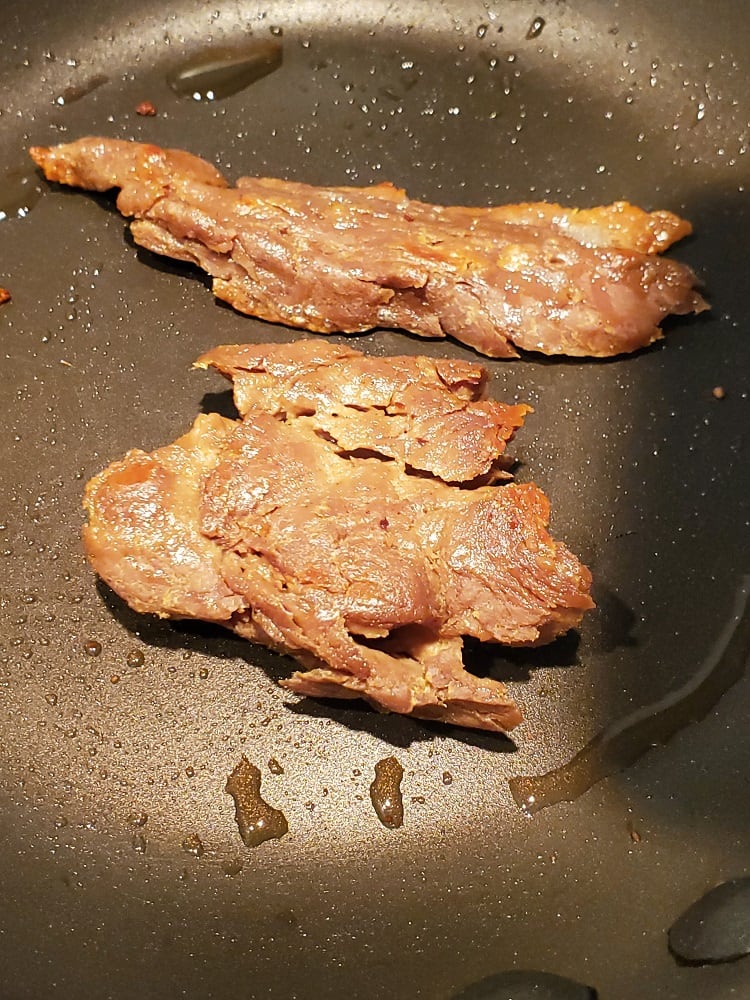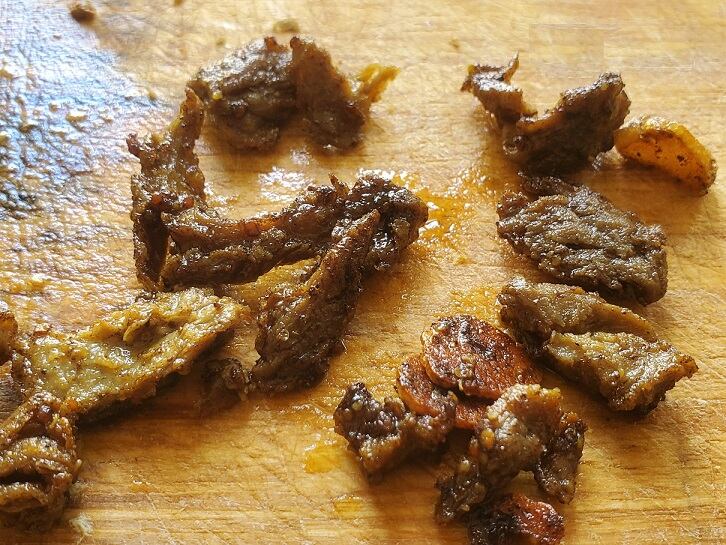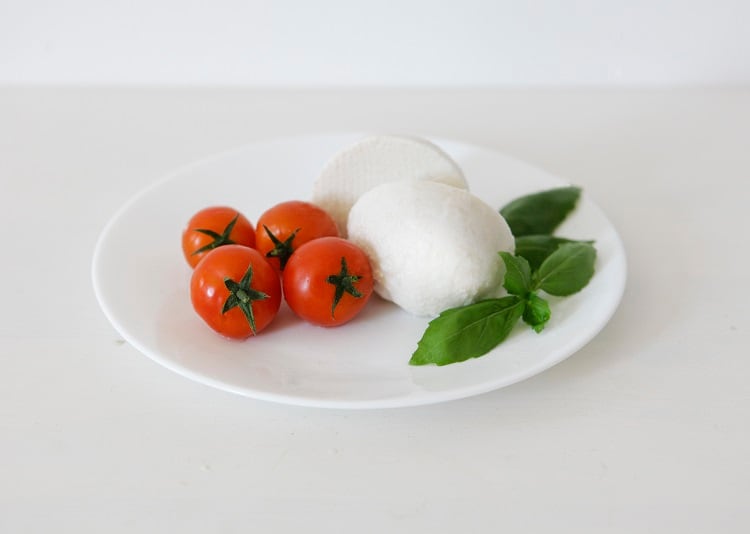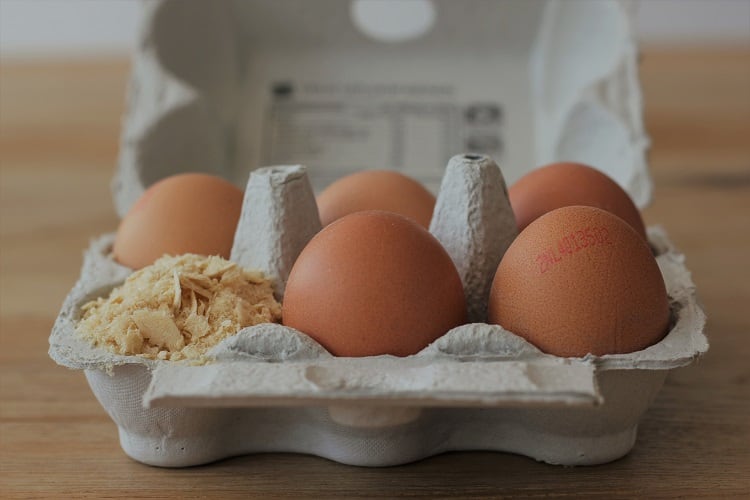FFW has a double meaning: the letters stand for ‘food for the world’ and are an abbreviation for ‘fast forward’. Both references relate to the work being undertaken by the Israeli start-up working to develop a new plant-based alternative to meat.
Yet rather than jump on the soy, pea protein, or seitan bandwagon, FFW is turning to yeast for inspiration, explained founder Leonardo Marcovitz.
Yeast: a new contender in plant-based protein?
Having stopped eating most animal products two years ago, Marcovitz wanted to help others reduce their intake of animal-based foods. While researching the meat analogue market, the founder discovered it was largely dominated by a small handful of ingredients.
“I noticed that the ‘king and queen’ of the ingredients in this space are soy and pea protein. Oh, and they have a little child called seitan,” he said, referring to the meat substitute made from wheat gluten.
However, the ‘king’ – soy – has some issues, according to Marcovitz. Not only is soybean allergy regarded one of the more common food allergies, but uncontrolled farming practices in South America have associated the commodity with deforestation and biodiversity loss. “In the West, it has some negative connotations and perceptions,” he told FoodNavigator at FoodTech IL in September.
Pea protein, the ‘queen’ ingredient in plant-based is ‘coming along’, FFW’s founder continued. Yet, it has a ‘very strong off flavour’ which requires additional processing to mask. “This drives up the price of the isolate used in the final product and also makes it less available.”
On the hunt for an alternative to these ingredients, Marcovitz – who has a background in biomedical engineering – started experimenting with yeast.
‘Why isn’t everyone using it as a protein source?’
Yeast is somewhat of a miracle ingredient. It contains 50% protein and all essential amino acids. Further, yeast is readily available, has a relatively good absorption rate, and is cost-effective.
“So if it’s so great, why isn’t everyone using it as a protein source?” asked Marcovitz rhetorically. The answer is twofold, the founder explained. Yeast has a ‘very strong umami flavour’ which can work in its favour when used as a food additive, yet works against it when putting yeast at the centre of the plate as the ‘major protein source’.
The other barrier is texture. “No-one has publicly done work to produce texture with yeast as a major protein source, so that is what FFW is doing: figuring out how to texturize and formulate yeast to create final product.
“We have come a long way, we already have some nice samples, and within the next few months, we will launch a product."

To imitate or not to imitate?
While FWW works with its base material – most similar to chicken breast or pulled chicken – it is still determining how it will market its finished product. Prototypes to date have included imitation chicken strips, which contain approximately 25% protein, and dried crisps, which boast around 45% protein.
“Do we go for a chicken nugget, or chicken strips?” The alternative would be to shirk the meat analogue space and produce somewhat of a new category all together.
“That is the conversation we are having right now, whether we go for an analogue or…say it’s a ‘high protein, high fibre, tasty, warmable product’ and not necessarily go for the chicken analogy.”
Marcovitz is unconvinced that continually referring to meat, as a ‘chicken analogue’ or ‘beef analogue’ for example, is the best way forward. “I am personally interested in…not necessarily imitating meat or even using the word. If we keep on [referring to meat analogues] we are further creating a ‘gold standard’ for [meat] being the king, and [imitation] products being secondary.”
FWW is awaiting results from its own consumer research before making a final decision.
The ‘low hanging fruit’ of foodservice
FFW’s IP lies in determining which proteins should be combined in which ratios. While Marcovitz was tight-lipped about the process and ingredient list, he did say the key ingredient in his products is yeast, alongside ‘something similar’ to sunflower protein.
The start-up works with third parties to source customised, inactivated yeast for production and in the future will ‘likely’ use brewer’s spent yeast.
“We are now raising our seed round to build up production, scale and traction,” he continued, adding that to start with, FWW will look to sell B2B. “Initially, we want to target the foodservice market [for the] marketing capital, [but] also there is big demand in the space at the moment,” he added, describing the sector as ‘low hanging fruit’.
And in terms of geographies, FWW plans to skip Israel and target Europe and the US directly “There is a big [plant-based] trend in these Western countries, where flexitarians are wanting to reduce their animal consumption.”





